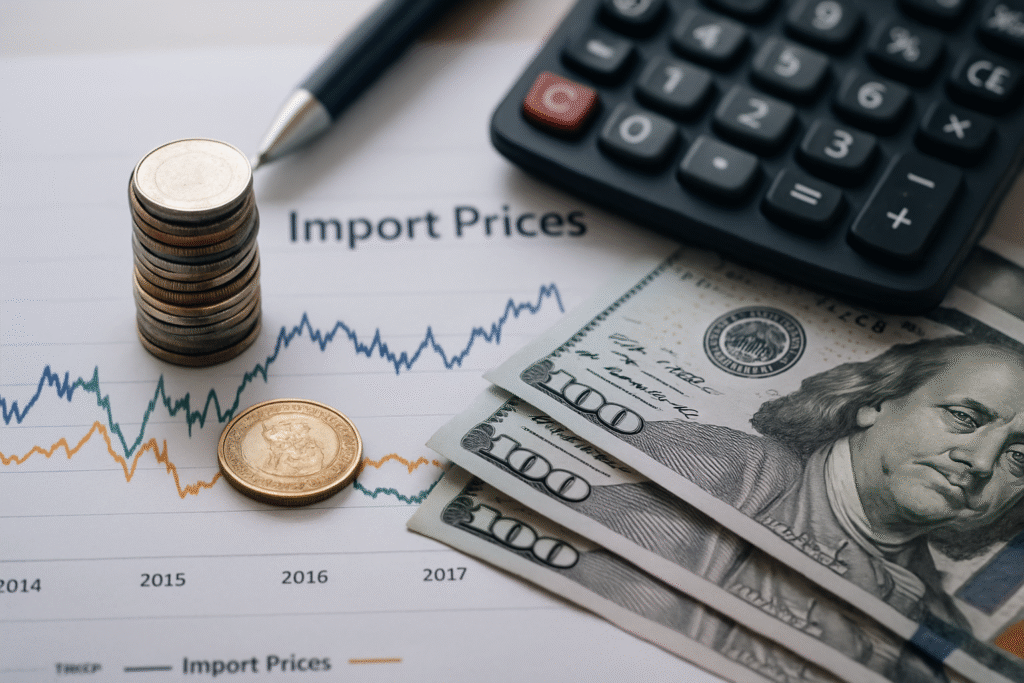mport prices and currency explained
Import prices and currency are directly linked in international trade. When the value of a domestic currency shifts against foreign currencies, the cost of imported goods rises or falls. A weaker currency makes imports more expensive, increasing inflationary pressure and reducing purchasing power. Conversely, a stronger currency lowers costs, benefiting businesses and consumers. For importers, tracking currency movements is essential for cost management and long-term planning.
How volatility impacts import prices
Several factors shape exchange rate volatility and directly affect import prices and currency dynamics. Inflation, interest rates and employment levels are economic indicators that influence currency values. Political uncertainty, trade disputes and global financial shocks add further instability. In recent years, speculation and rapid capital flows have amplified short-term swings. Importers that understand these drivers are better equipped to anticipate risks and adjust sourcing strategies accordingly.
Effects on businesses and consumers
Currency volatility influences not only importers but also the wider economy. Businesses see profit margins shrink when import prices rise, particularly in industries dependent on foreign components or raw materials. SMEs are especially vulnerable, as they often lack access to hedging tools or complex financial instruments. Consumers feel the impact in the form of higher prices on everyday products, from electronics to food. Currency stability therefore remains crucial for trade efficiency and consumer confidence.
Strategies to mitigate risks
To protect themselves, companies use strategies that reduce exposure to volatility. Common methods include forward contracts, multi-currency accounts and supplier diversification. Flexible contracts and partnerships with financial institutions also help importers secure better terms when currencies shift. These measures transform unpredictable exchange rates into manageable risks, strengthening both supply chains and financial performance.
Outlook for global trade
Import prices and currency will remain a defining concern in global trade. With ongoing uncertainty from monetary policy changes, inflation cycles and geopolitical events, volatility will not disappear. Importers that invest in strong financial planning, visibility tools and risk management frameworks will be better positioned to thrive. Resilience against currency swings is now a requirement for long-term competitiveness in international markets.

